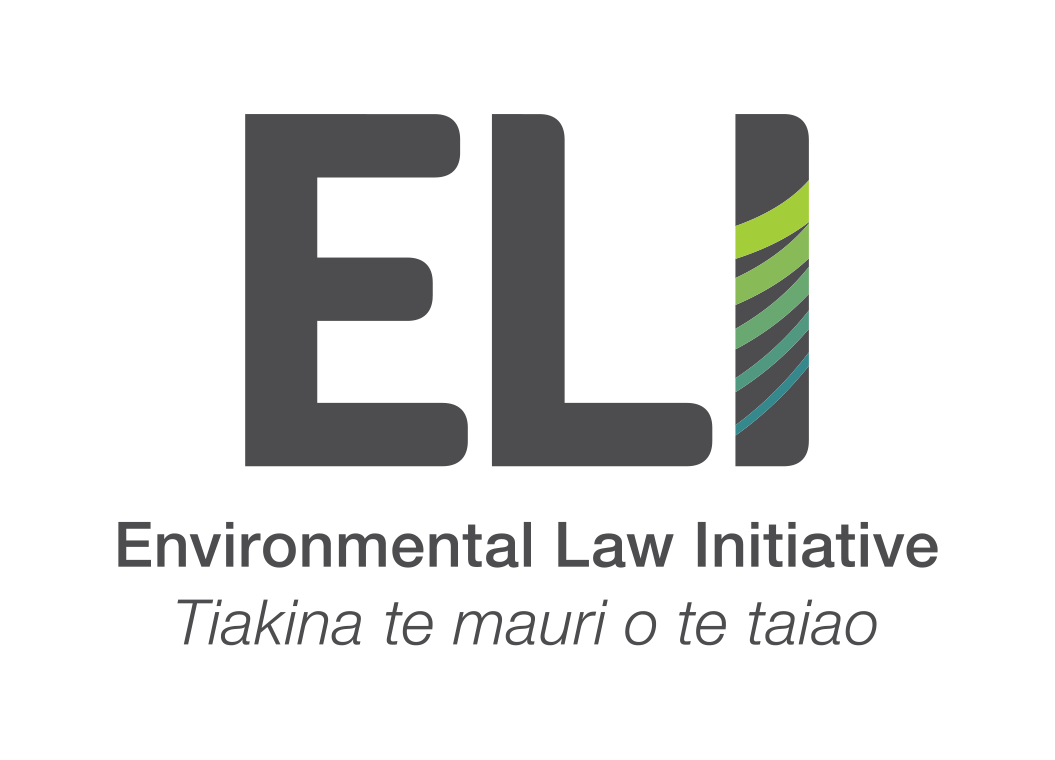Proposals for the management or prevention of Kina barrens
Image from IStock - ‘Snapper in corridor’ credit spiderment.
ELI has submitted on Fisheries New Zealand’s proposed measures to address Kina barrens in Northland.
Kina barrens are prevalent in north-eastern New Zealand and pose significant ecological risks as they expand, leading to the degradation of marine ecosystems.
Fisheries New Zealand’s (FNZ) proposed measures seek to increase the number of Kina that can be legally taken by individuals/organisations by introducing a ‘special permit’ under s 97 of the Fisheries Act, and increasing the recreational daily limit for Kina in FMA 1 which includes the entire east coast of Northland.
The Environmental Law Initiative (ELI) has filed two judicial review proceedings challenging the Total Allowable Catch (TAC) of crayfish in Northland. The High Court found for ELI in the first proceeding. The second proceeding will be heard in the Wellington High Court in August 2024. These cases have highlighted several issues including the role of crayfish in coastal ecosystems and the link between the overfishing of crayfish and the presence of kina barrens in the Northeast of New Zealand.
Taking the measures as a package, the only substantive approach adopted is the increase of kina take. Providing a single management action (i.e. increased kina take) in the absence of any other management actions is not consistent with the best available science which unequivocally links the Kina barren crisis to a lack of predators.
The proposed measures do nothing more than address the symptoms of the kina barren epidemic and fail to address the major underlying cause of the issue,
While the culling of Kina attempts to address the symptoms, the proposed measures suffer from serious practical limitations that will likely prevent them being taken up at a grassroots level and may cause a host of unanticipated biosecurity and other issues
In order to address the crisis, FNZ must adopt a truly integrative management approach which incorporates a wide range of tools, including closed areas.

